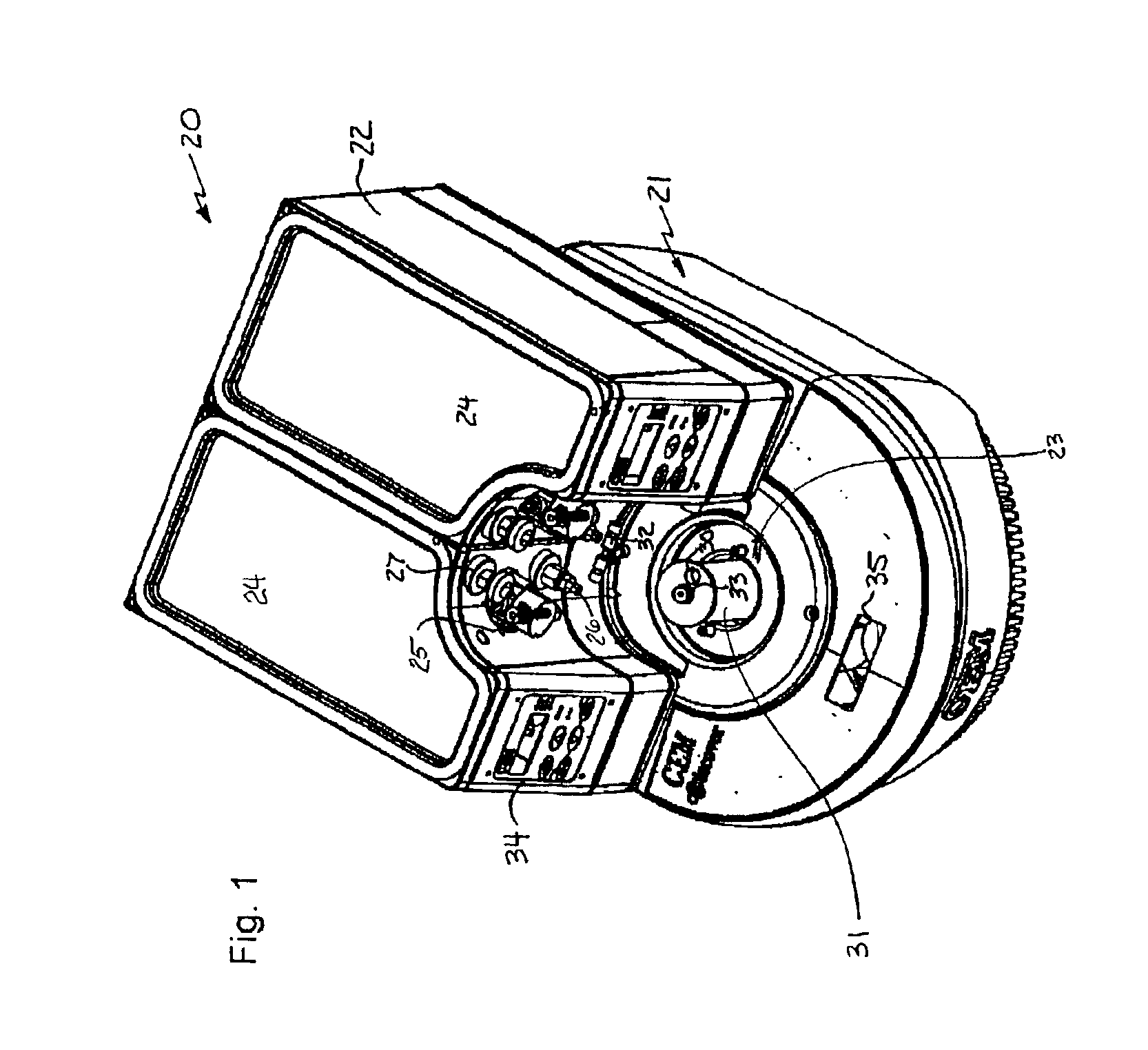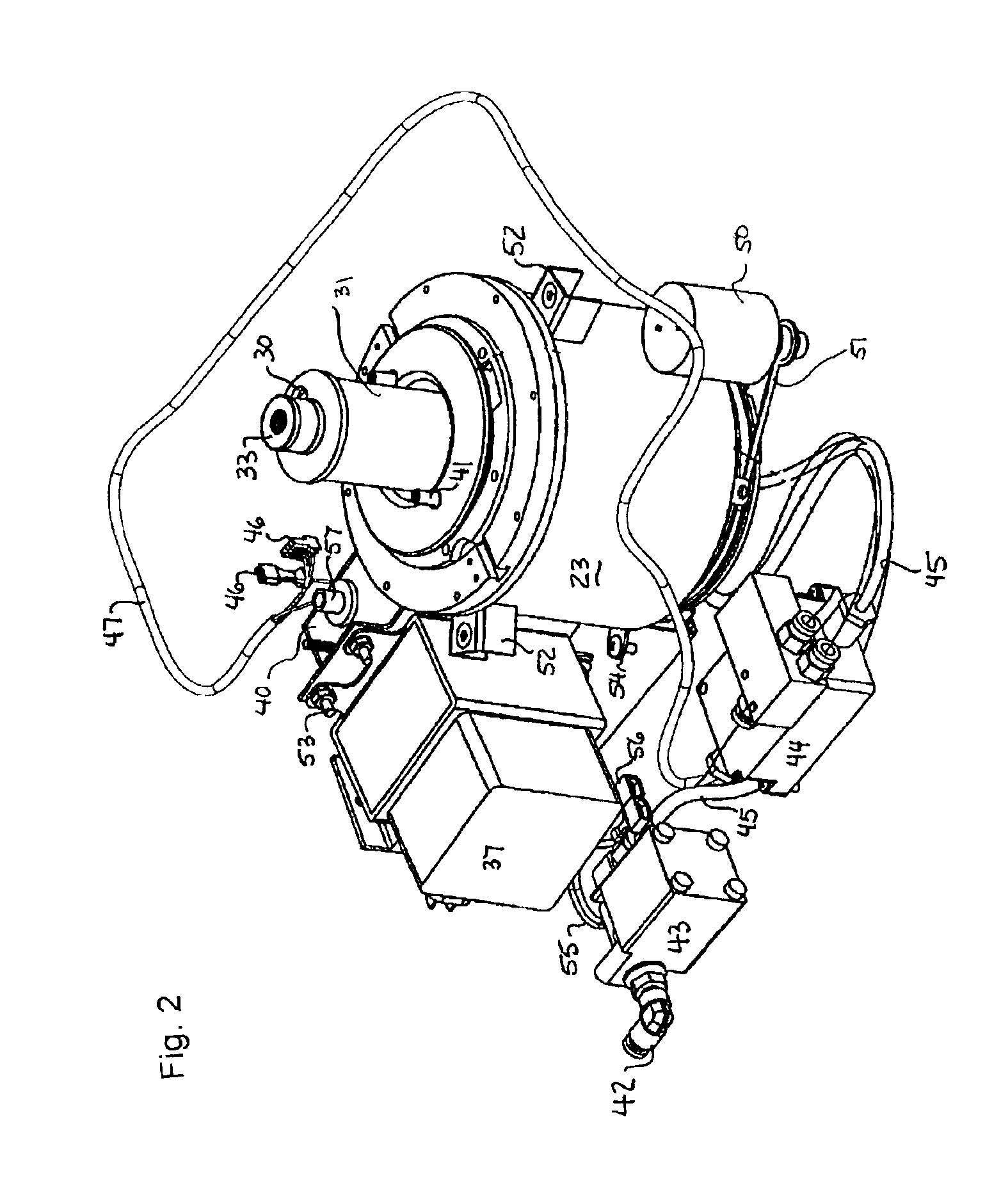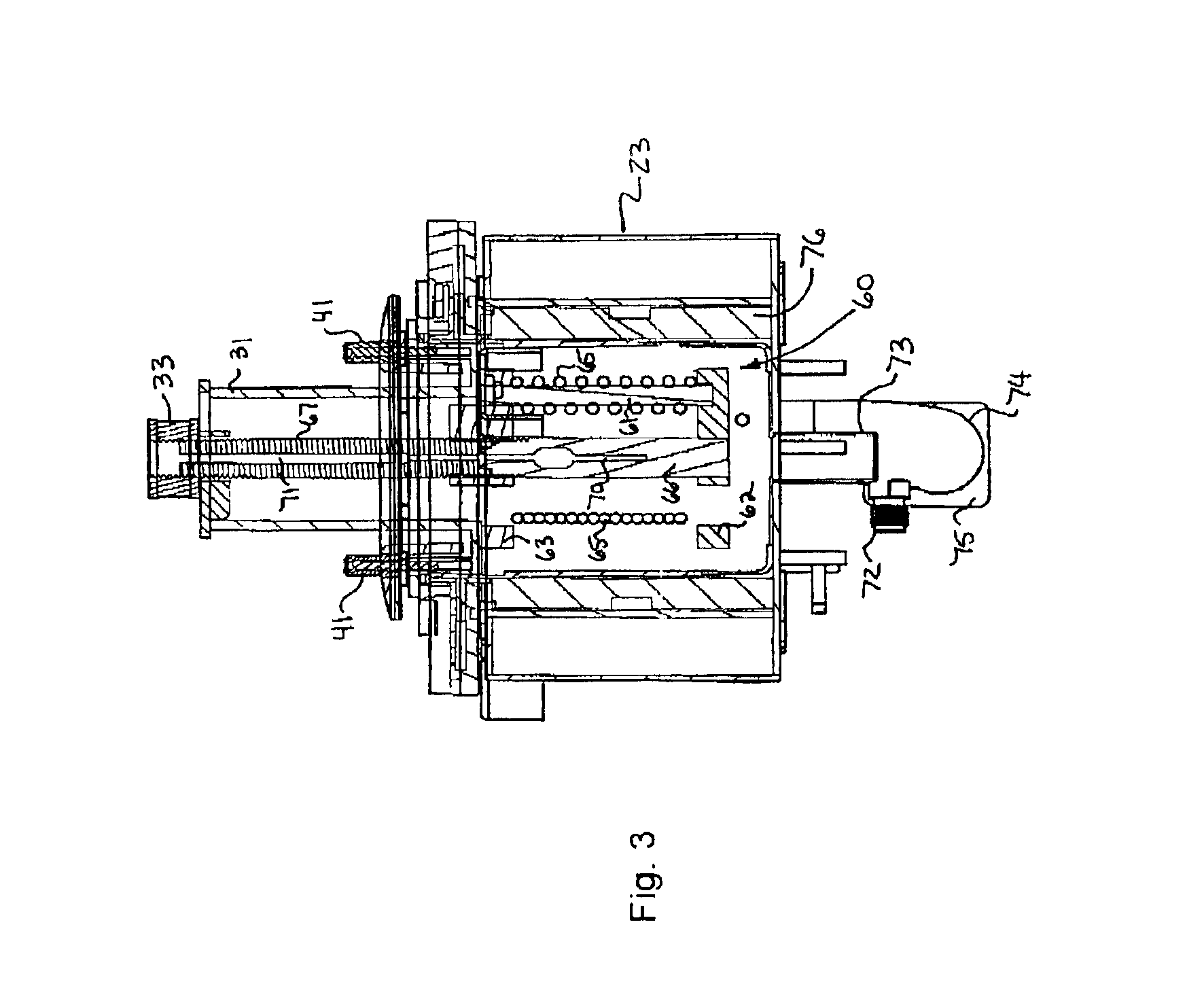Method and apparatus for continuous flow microwave-assisted chemistry techniques
a technology of chemistry and continuous flow, applied in the field of methods and apparatus for microwave-assisted chemistry techniques, can solve the problems of unsuitable, chemical synthesis, organic synthesis, and the carefully controlled conditions of organic synthesis, and achieve the effect of avoiding an undesired increase in the temperature of the reaction and the reactan
- Summary
- Abstract
- Description
- Claims
- Application Information
AI Technical Summary
Benefits of technology
Problems solved by technology
Method used
Image
Examples
Embodiment Construction
The invention is a method of microwave-assisted chemistry comprising directing a continuous flow of fluid through a microwave cavity while applying microwave radiation to the cavity, and to the continuous flow of materials therein. In the most preferred embodiments, the method comprises directing the continuous flow of fluid through a single-mode microwave cavity. The nature of microwave radiation and single modes is generally well understood in this art, and discussions can be found in numerous sources, including the previously incorporated patents and applications.
The invention further comprises monitoring the pressure of the fluid in the cavity. The pressure of the fluid is determined by several factors, including the pumping and flow rate, but in many circumstances, particularly organic synthesis, as reaction temperatures increase, and as reaction products are generated, potentially including gases, the pressure within a closed system will increase. Accordingly, monitoring the p...
PUM
| Property | Measurement | Unit |
|---|---|---|
| frequencies | aaaaa | aaaaa |
| wavelengths | aaaaa | aaaaa |
| wavelengths | aaaaa | aaaaa |
Abstract
Description
Claims
Application Information
 Login to View More
Login to View More - R&D
- Intellectual Property
- Life Sciences
- Materials
- Tech Scout
- Unparalleled Data Quality
- Higher Quality Content
- 60% Fewer Hallucinations
Browse by: Latest US Patents, China's latest patents, Technical Efficacy Thesaurus, Application Domain, Technology Topic, Popular Technical Reports.
© 2025 PatSnap. All rights reserved.Legal|Privacy policy|Modern Slavery Act Transparency Statement|Sitemap|About US| Contact US: help@patsnap.com



